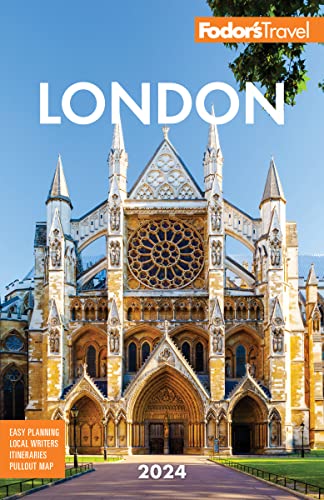Kensington comprises the area along the southern edge of Hyde Park from Exhibition Road (where the big museum complex is) and the area to the west of the park bordered by leafy Holland Park Avenue on the north and traffic-heavy Cromwell Road on the south. This more westerly zone includes the satellite neighborhood of Holland Park, with its serenely grand villas and charming park, as well as local shopping mecca Kensington High Street and the antiques shops on Kensington Church Street.
The area's green lung is the 350-acre Hyde Park, an oasis offering rolling lawns, ancient trees, boating on a meandering lake, swimming, formal gardens, a playground, a leading contemporary art gallery, and even a palace.
Kensington’s first royal connection was created when King William III became fed up with the dampness arising from the Thames, so he bought a country place there in 1689 and converted it into Kensington Palace. Surrounding the palace are the formal Kensington Gardens, originally laid out in the 17th century by William III. Also part of the Gardens is the children's playground dedicated to Diana, Princess of Wales, and, to the north (Bayswater) side, the Italian Gardens, an ornamental water garden with four main fountains, originally proposed by Queen Victoria's consort, Prince Albert and modeled on the gardens he introduced at Osborne House. The profits from the Great Exhibition of 1851, organized by Prince Albert, were used, at Albert's urging, to buy the land which became the site of a complex of colleges and museums that would eventually include the Victoria & Albert Museum (V&A), the Science Museum, and the Natural History Museum. Posthumous tributes to the prince in the area include the Royal Albert Hall, with bas-reliefs that make it resemble a giant, redbrick Wedgwood teapot, and the small but lavish Albert Memorial.
Turn into Derry Street or Young Street and enter Kensington Square, one of the most complete 17th-century residential squares in London. 18 Stafford Terrace, the perfectly preserved family home of a well-to-do, aesthetically inclined Victorian household, is nearby.






